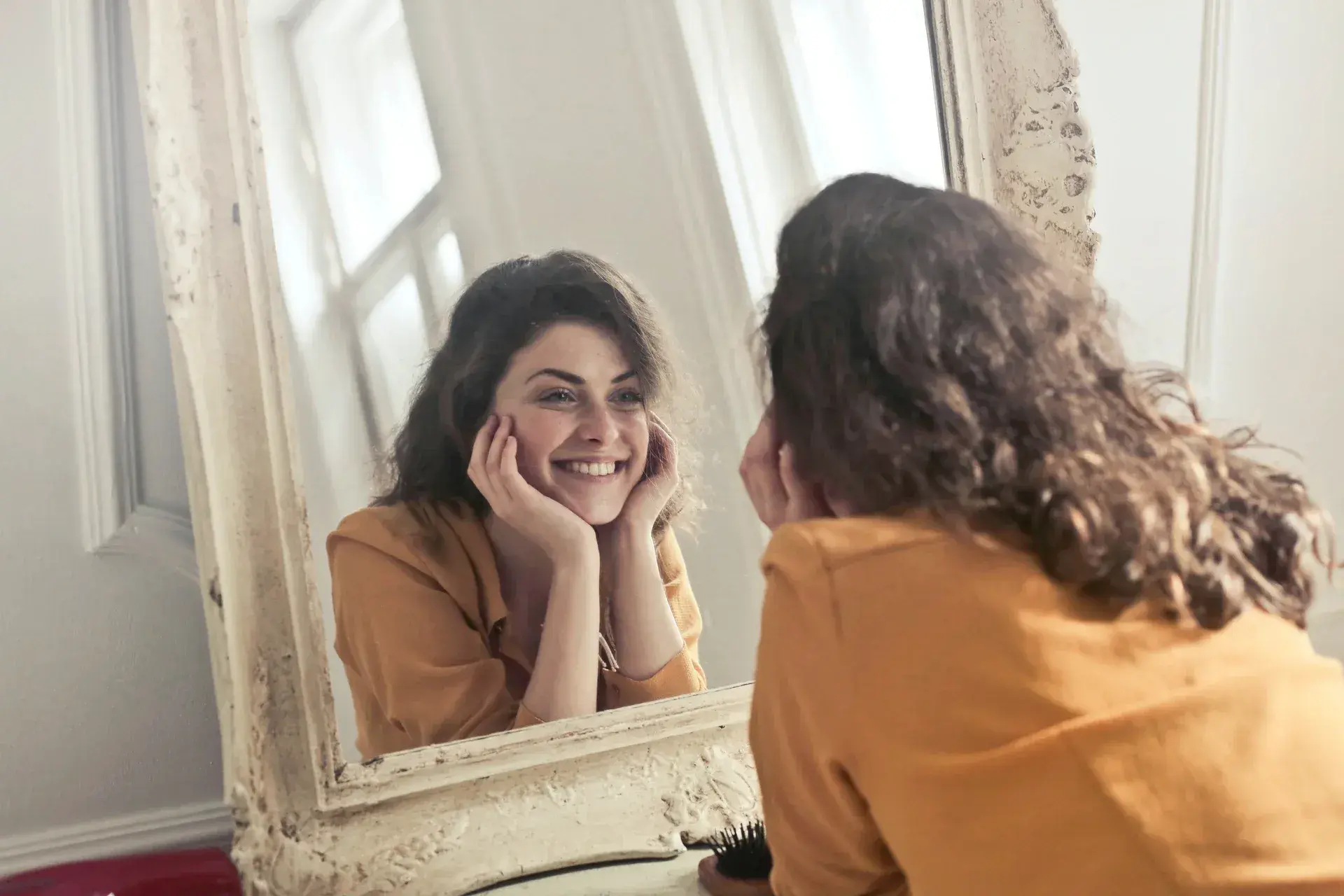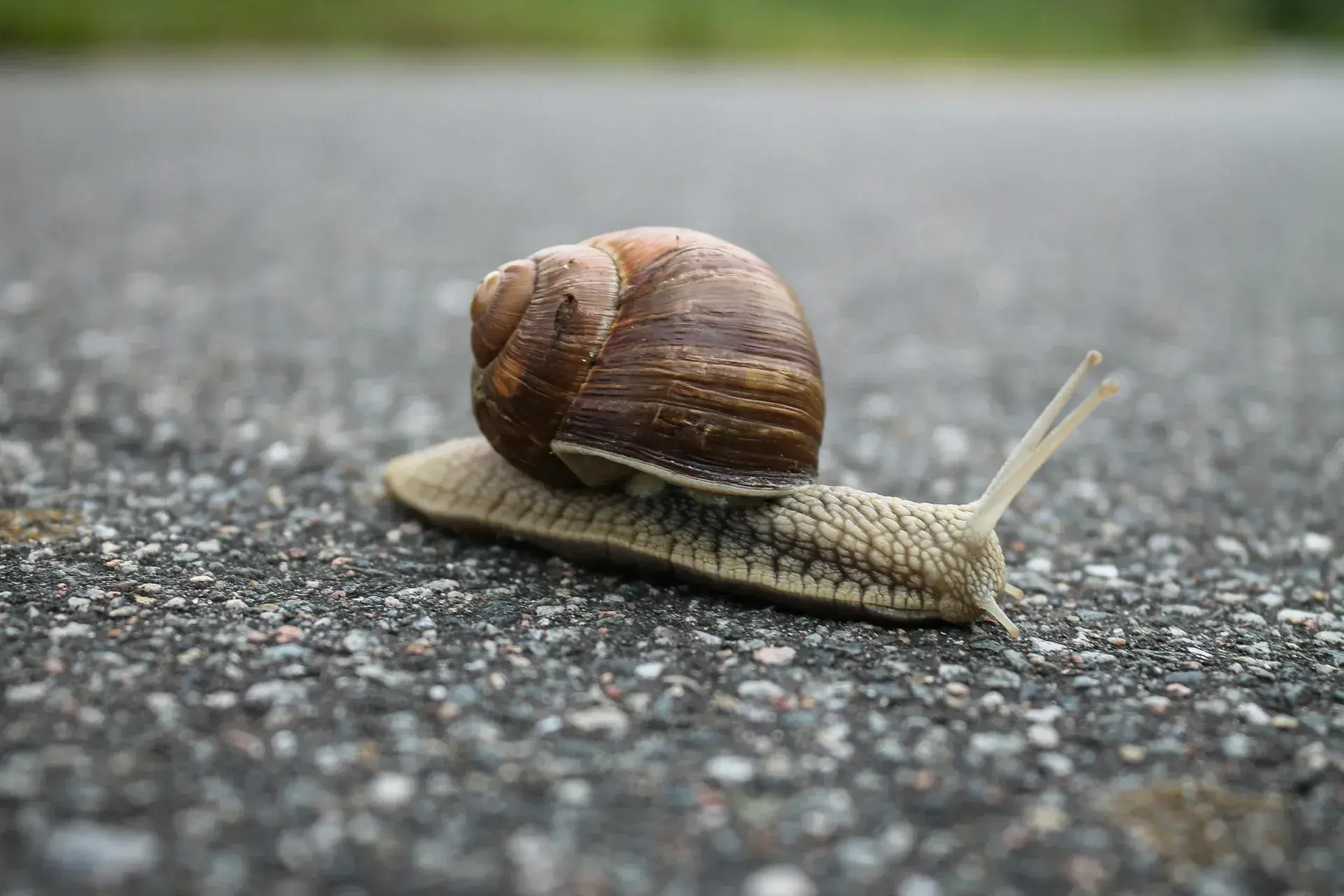Slow-Living philosophy: what it is and how it works
It is worth starting with the fact that the Slow-Living philosophy combines several concepts at once: meditation, yoga, tantra, hygge, lykke and sustainable fashion. In a nutshell, Slow-Living is a movement that educates people on slowdown and awareness. We will deal in order.
Who and when invented Slow-Living?
The philosophy of "slow life" appeared almost 40 years ago. Then, writer and journalist Carl Honore published his famous book "In praise of slow" and "The power of slow". In them, he seriously considered where and why the world is flying so, and how such a rhythm affects a person.
In 1986, the first fast-food cafe opened in the centre of historic Rome. Local activists were so against this that they organized a large-scale protest rally. All participants, holding plates of pasta, chanted: "We want a slow meal!" Soon, such protests broke out around the world. And in 1989, they led to the start of the Slow Food movement, which advocates the preservation of local products and recipes, as well as traditional dishes and a feast culture.
What happened next?
Those who realized the value of Slow-Living and Slow Food were so inspired by these theories that began to "slow down" other areas of life.
First came Slow Beauty. It is a direction that calls for paying attention not to the number of funds and their 10-step application, but directly to a beautiful ritual of skincare. That is, instead of 15 minutes in front of the mirror, it is recommended to include relaxing music, light candles and breathe deeply. Then you tidy up not only your skin but also your thoughts.
Today, besides Slow Beauty, there are about a dozen such theories that relate to travel, small-town life, parenting, money, business, reading, fashion, sex and even journalism.
Why slow down?
Children from school are taught that everything needs to be done quickly. We are so used to this installation that we began to perceive "quickly" as "effective". Meanwhile, the more we work, the less productive and joyful we become.
In the ranking of the International Happiness Index, Finland ranks first out of 156. There, local people are in no hurry, enjoy white nights and believe in Santa. Their working day is about five hours, and the rest of the time they devote to relaxation and measured life. That is why Finns are considered not only the happiest but also the healthiest.
What to do?
Of course, plunging and immediately introducing Slow-Living into all areas of your life is far from easy. But the more slowdown principles you start to adhere to, the better you will feel.
Start with the simplest: learn to do nothing for at least five minutes during the day. Turn off the phone, sit on a bench in the park and listen to the rustling of leaves or birds singing. Even if this comes about through force, over time, the brain will begin to disengage. Also, learn how to breathe deeply. If you still do not practice yoga after our advice, it's time to start finally.
Then, start talking more slowly, cook breakfasts and take a shower. Accustom yourself not to scroll social networks, not to read the news and not speak to anyone on your mobile.
After completing the previous paragraphs, start reading fiction, look out the window more often, walk around the city more and listen to music. Learn to filter information and calmly perceive any news. Arrange dinner parties and watch movies with friends at home, go to exhibitions and travel.
So how does it still work?
After a month or two, the practice of "slowing down" will make you feel healthier and more energetic. Doctors confirm that Slow-Living stabilizes an accelerated pulse and pressure, fights migraines and fatigue, and relieves insomnia and chronic fatigue. Besides, a rested brain will begin to cope with complex tasks faster and give out more creative solutions.









